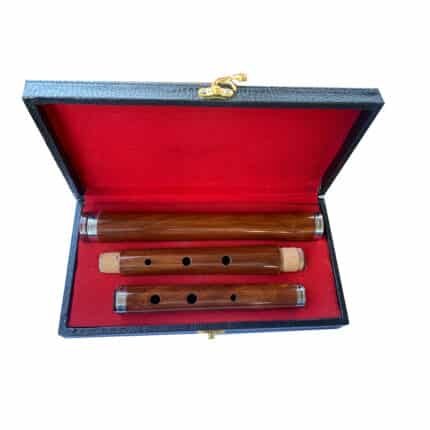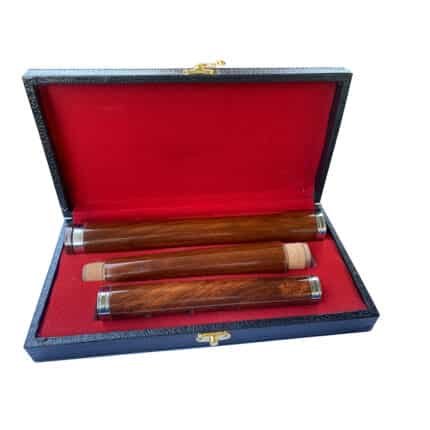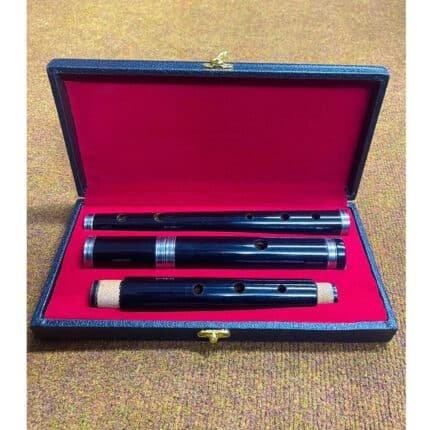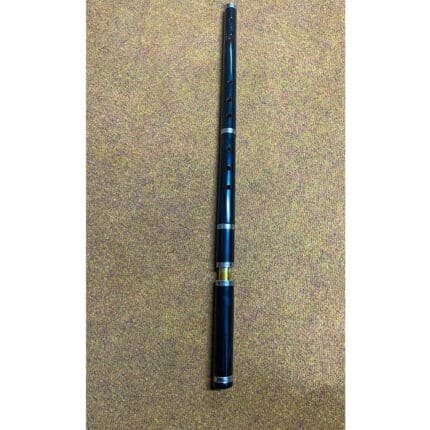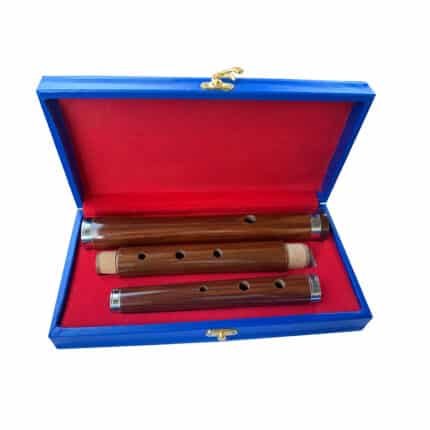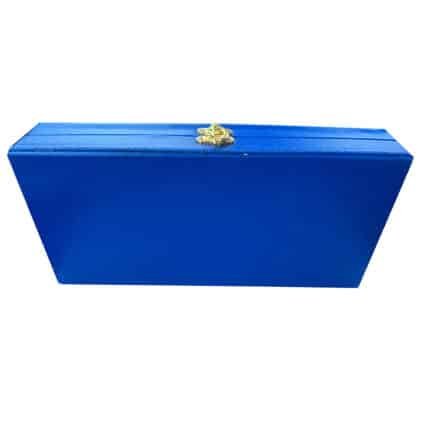WOODEN FLUTES
Irish wooden flute instrument
The Irish wooden flute stands as a testament to the rich musical heritage of Ireland. Crafted with precision and steeped in tradition, this instrument has been a key player in the melodic tapestry of Irish folk music for centuries. Known for its warm and expressive tones, the wooden flute has become an iconic symbol of Irish musical culture.
Purpose of the Collection Page
The purpose of this collection page is to celebrate and explore the world of wood flute instrument. From delving into the instrument’s historical roots to providing insights into its construction and playing techniques, this page aims to be a comprehensive resource for enthusiasts, musicians, and those simply curious about the magic encapsulated within the wooden confines of this remarkable instrument. Whether you’re a seasoned player seeking new insights or a newcomer eager to learn, join us on a journey to discover the captivating allure of the handmade wooden flute.
Construction and Materials for wood flute instrument
Wood Selection
The choice of wood is crucial in shaping the character of a professional wooden flute. Dense hardwoods like African Blackwood or Boxwood, traditionally favored for their durability and tonal qualities, offer warm and resonant tones. Rosewood, grenadilla, and cocus wood are also popular choices, each contributing unique acoustic properties. The tight grain structure of these woods plays a significant role in influencing the flute’s overall sound, allowing musicians to select an instrument based on their preferred tonal palette.
Impact on Sound Quality
The influence of wood on sound quality is profound, with the tight grain structure of hardwoods contributing to a warm and resonant tone. This section explores how the choice of wood can shape the flute’s overall sound, offering insights for musicians seeking specific tonal nuances, whether bright and clear or deep and mellow.
Crafting Process
Traditional Methods
Traditional craftsmen employ time-honored techniques, passed down through generations, to create Irish wooden flutes. This involves meticulous handcrafting, carving, and shaping of the wood using specialized tools. The section highlights the artisanal approach and unique signature that traditional methods bring to flute making.
Modern Techniques
In contemporary flute making, modern technologies complement traditional craftsmanship. This subsection explores how CNC machining and other modern techniques contribute to precise shaping and consistency in production. It also discusses how some makers integrate both traditional handcrafting and modern methods to preserve the artistry and heritage of Irish flute-making in the modern era.


